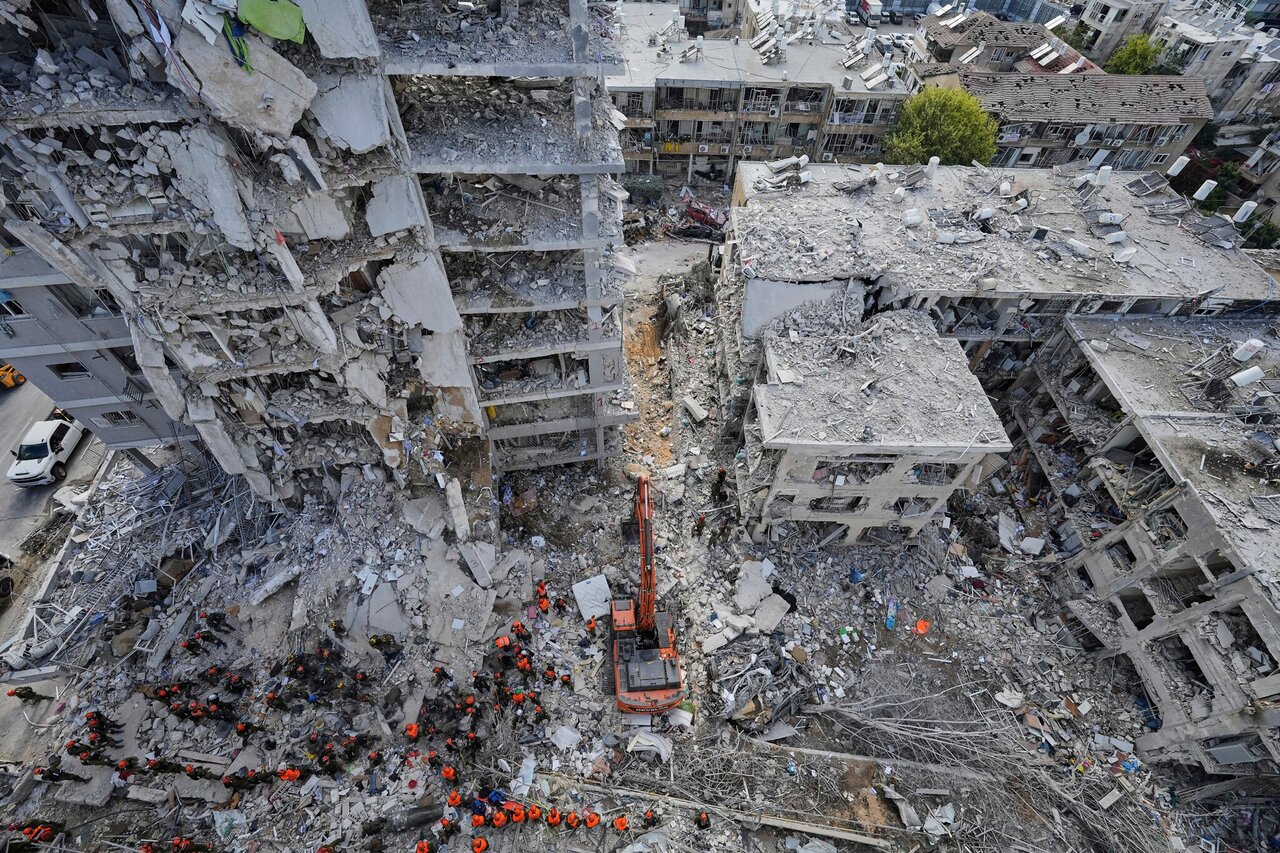The Israeli occupation entity’s end is on horizon

LONDON - If the Israeli war on Iran had continued for just two more weeks, it would have been possible that all the occupation entity’s air defense systems would have been depleted as around 30 missiles would have fallen daily on the entity in specific locations, with massive destructive power.
Furthermore, the Israeli public would have started to feel a loss of security and deterrence, with a collapse in the entity cascading further as pressure to flee intensified. In addition to the consequences of strikes on its infrastructure, Trump did rush to call for a ceasefire. Netanyahu requested a ceasefire from Trump, who quickly moved to announce it. Iran was left with two options as a result.
The first option was a showdown with the West, which could involve the use of prohibited weapons and possibly a nuclear bomb, due to the West's refusal to allow the collapse of its project of the century at the hands of Iran. The second option was stopping the war, considering that Iran had already responded to the Israeli aggression, especially given the lack of immediate preparation by the Axis of Resistance to manage the new regional reality resulting from the collapse of the entity and the region plunging into chaos.
Therefore, Iran accepted the option of a ceasefire, viewing it as having already retaliated — and asserting that its influence and presence in the region are no longer in question.
Moreover, the most important point is that the consequences of this situation will lead to existential questions that force a re-evaluation of the West’s greatest regional project – the Israeli occupation entity.
There will be existential questions about the entity’s size, role, and the consequences that have and may still arise from this situation, which will lead to downsizing and undermining the entity, while strengthening the Axis of Resistance through other powers.
Among the unintended results of this war are that it has revealed Iran’s true, clear image as a capable, powerful, and honorable force that does not leave matters unresolved or go undefended. It changed the prevailing perception and ended speculation about whether Iran participated in the war, addressing the questions previously raised in that context. This war also united the nation and the Iranian public around the leadership, which thwarted the overarching American and Israeli goals.
One of the clear outcomes of this war is that the entity will bear the consequences of a crisis of existence, due to the loss of deterrent power. More importantly, there is now a proven capable force that can destroy the entity — this has been tested.
A long-term conflict, even one of attrition, between the entity and the Islamic Republic will lead to the end of the entity. This casts doubt on the entity’s role and relevance to others. The entity cannot continue to exist in a confined area within the boundaries of historical Palestine.
The Israeli occupation entity has failed to maintain both the demographic and deterrent dimensions, considering the emergence of the powerful and destructive Iranian force. Both were stripped from its hands — and this was made clear on October 7, with the collapse of its deterrence in front of Gaza and its inability to protect even its small borders.
Nor was it able to sustain its larger goal of establishing a “Greater Middle East Project” and expanding the entity’s size. It became clear that there is an insurmountable obstacle that can create deterrence, despite all the Western weapons and arsenals at the entity’s disposal; these did not enable it to impose its will and control. It failed in all its declared objectives across all fronts, placing the entity in a critical and difficult situation, facing existential questions.
Leave a Comment